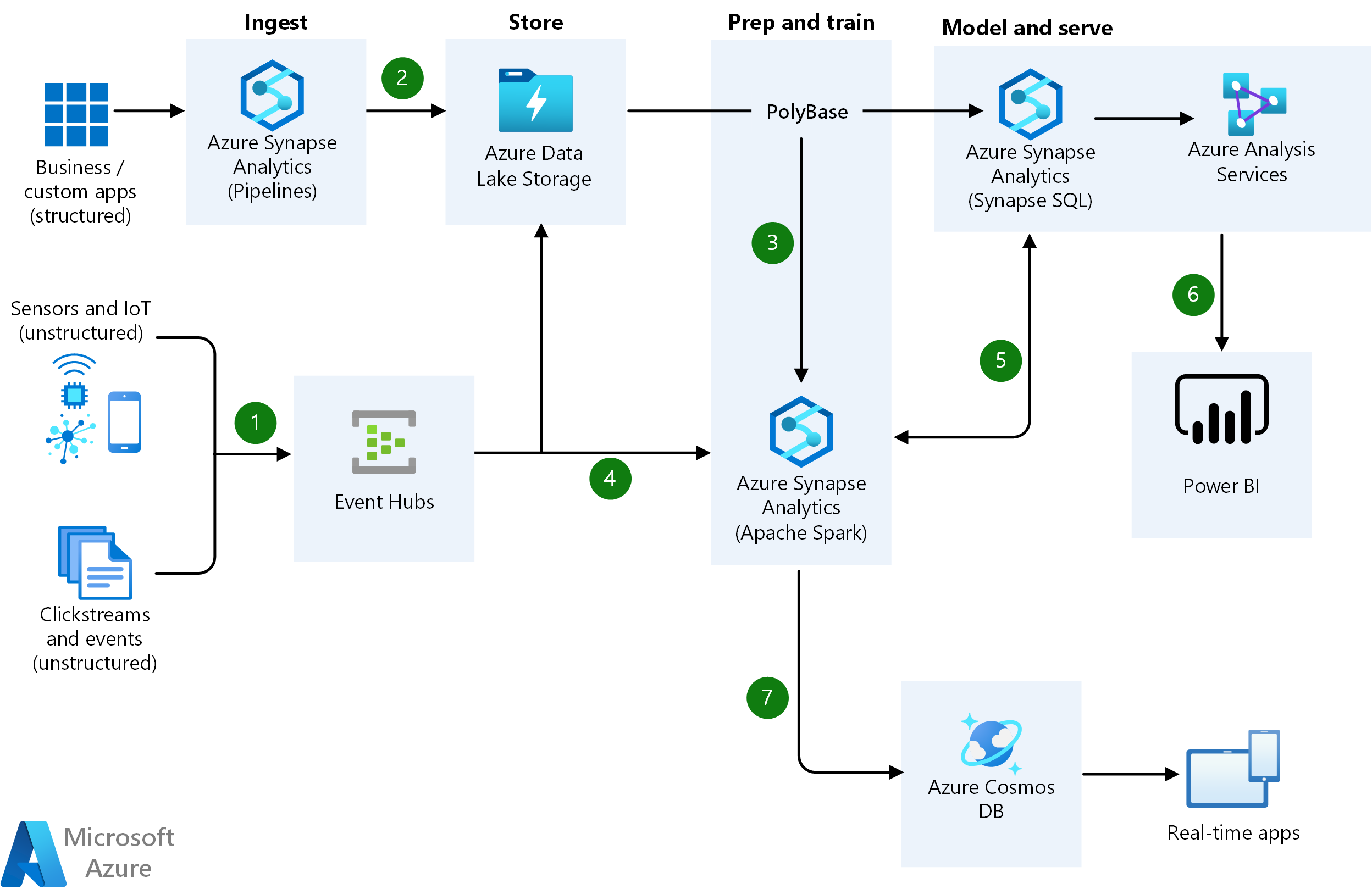

project/build.properties: This file controls the version of SBT.lib/: This directory contains any unmanaged library dependencies that you have downloaded locally.build.sbt: This file contains important properties about the project.The downloaded Sparkour example is set up as a "single build" project and contains the following SBT follows a Maven-like convention for its directory structure.
#HOW TO DOWNLOAD SPARK AND SCALA INSTALL#
Utility to install it on an Amazon EC2 instance: SBT can be downloaded and manually installed from its website.The example source code for each language is in a subdirectory of src/main with that language's name.Here's how you would do this on an EC2 instance running Amazon Linux: Download and unzip the example source code for this recipe.
#HOW TO DOWNLOAD SPARK AND SCALA MANUAL#
Refer to the SBT Reference Manual for more advanced usage. This recipe focuses very narrowly on aspects of SBT relevant to Spark development and intentionally glosses over the more complex configurations andĬommands. You are most likely to benefit from adopting SBT if you're writing a pure Scala Spark application or you have a mixed SBT manages library dependencies internally with Apache Ivy, but you do need to interact directly with Ivy to use this feature. It adopts many of the conventions used by Apache Maven.Īlthough it has faced some criticism for its arcane syntax and the fact that it's "yet another build tool", SBT has become the de facto build SBT is a Scala-based build tool that works with both Java and Scala source code. You should consider using a minimum of SBT 0.13.6 and

This recipe covers the use of SBT (Simple Build Tool or, sometimes, Scala Build Tool) to build and bundle Spark applications


 0 kommentar(er)
0 kommentar(er)
